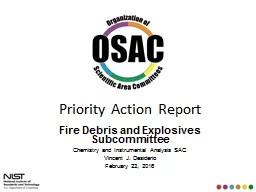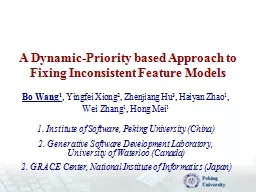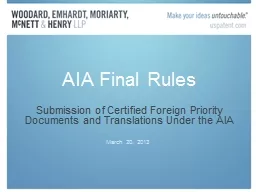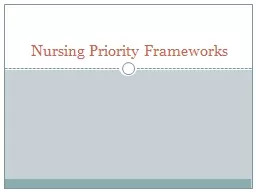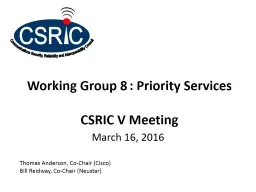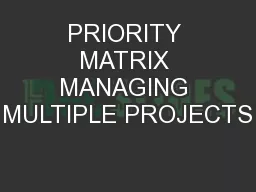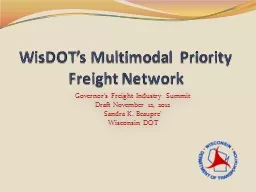PPT-Priority Action Report
Author : stefany-barnette | Published Date : 2016-11-02
Fire Debris and Explosives Subcommittee Chemistry and Instrumental Analysis SAC Vincent J Desiderio February 23 2016 2 Fire Debris and Explosives The OSAC Subcommittee
Presentation Embed Code
Download Presentation
Download Presentation The PPT/PDF document "Priority Action Report" is the property of its rightful owner. Permission is granted to download and print the materials on this website for personal, non-commercial use only, and to display it on your personal computer provided you do not modify the materials and that you retain all copyright notices contained in the materials. By downloading content from our website, you accept the terms of this agreement.
Priority Action Report: Transcript
Download Rules Of Document
"Priority Action Report"The content belongs to its owner. You may download and print it for personal use, without modification, and keep all copyright notices. By downloading, you agree to these terms.
Related Documents

